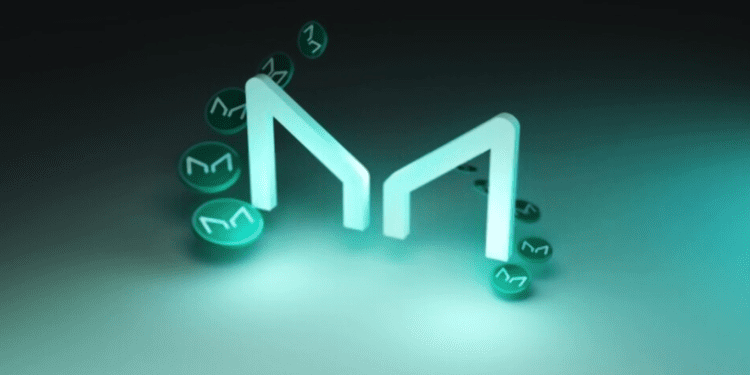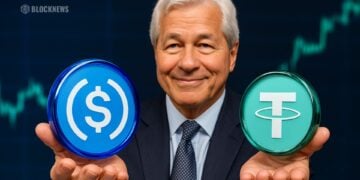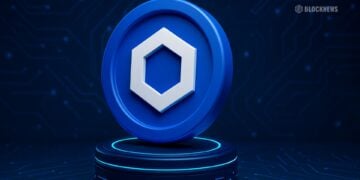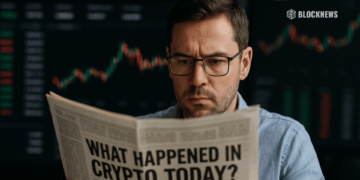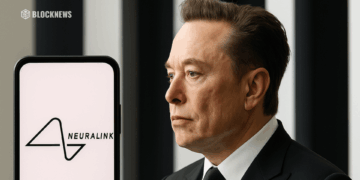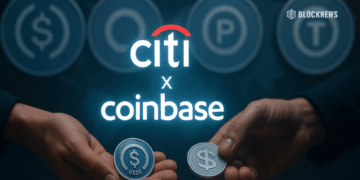Summary
- The DAO agreed on 6 October 2022 to allow for a pilot transaction of $1 million, following a vote from the Maker token holders.
- The MKR holders agreed upon the asset allocation. Among the funds set for investment, 80% will go toward short-term Treasurys.
- The collateralization pool of DAI is made up of USDC, which is full of cash. Ethereum and smart contracts also back up DAI.
MakerDAO, the governing body of Maker Protocol, will be the first to allocate $500 million of its stablecoin (DAI) to the United States Treasury and Corporate Bonds.
The community surrounding the MakerDAO favored the step, presented in late June. The DAO agreed on 6 October 2022 to allow for a pilot transaction of $1 million, following a vote from the Maker token holders. The rest of the funds will be reallocated with a confirmation from the community.
The Allocation of the Funds
The MKR holders agreed upon the asset allocation. Among the funds set for investment, 80% will go toward short-term Treasurys. With this majority of the funds, $160 million goes to the 0-1y US Treasury iShares ETF (IB01). In addition, 240 million will be into BlackRock’s 1-3y US Treasury iShares ETF.
The remaining $100 million, 20%, is set for investment-grade corporate bonds for the management of investment firm Baillie Gifford. The 80-20% split resulted from an agreement of a 57.67 % voting pool.
The Trust in Stablecoins
The $40 billion Terra ecosystem and its stablecoin UST onslaught led to a debate on stablecoins and their sureties. The crash shook the faith of many investors and led to some countries placing regulations on stablecoins.
However, MakerDAO uses DAI, a stablecoin that allows DeFi protocol to lend money to users. The repaid amount is an avoidance of the volatility of crypto markets.
Additionally, the collateralization pool of DAI is made up of USDC, which is full of cash. Ethereum and smart contracts also back up DAI.
In most cases, fixed-income investments have a low rate of return. However, conventional investors often see them as a haven in bear markets because they have a steady income. In addition, they reimburse fixed-income investors before equity shareholders in case of bankruptcy.
The Principles of Decentralized Autonomous Organizations (DAOs)
The encoding of main DAO rules happens by a computer program that offers oversight and the management of an entity. The entity is often transparent and primarily controlled by the organization’s members. Software, rather than humans, takes up the decisions in DAO.
Smart contracts are the key features for rules in DAO and assist in executing the agreed-upon decisions by the community. On the other hand, DeFi carries out lending, trading, and other financial activities. It carries out such activities as a blockchain without the interference of go-betweens.
Thus, the investment plan laid down by Maker mainly follows the aspects of decentralized principles. It is on the move to make defective stablecoins more stable.
The decentralization and the over-collateralization of DAI make it perfect. ETH also backs its smart contracts.
But does MakerDAO’s engagement with the government mean the government runs it? Only time will tell.


